Rewilding: How changes to farming can help wildlife and the environment
- Published
- comments
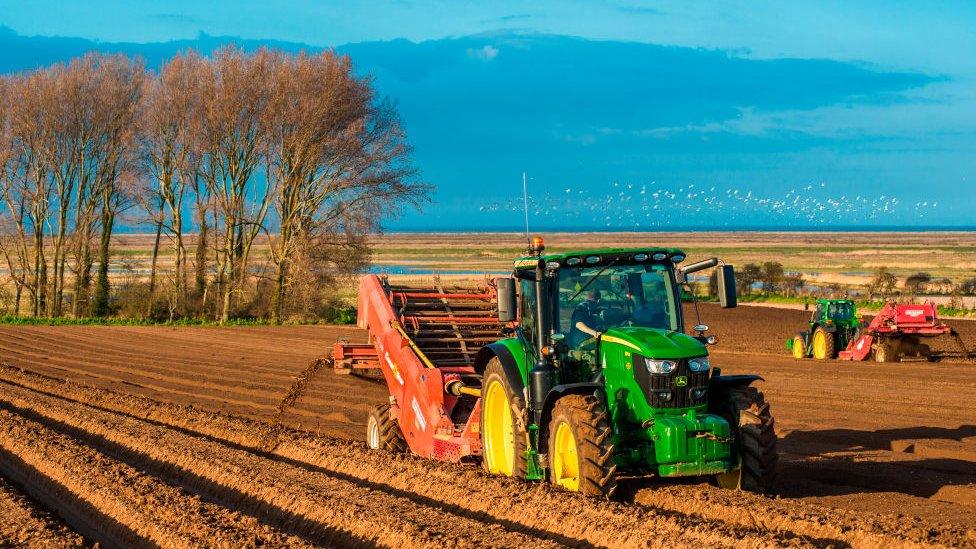
Ploughing the land for crops releases harmful carbon dioxide into the air
Farmers are looking at new ways to work to protect the environment.
Agriculture is a big business, it impacts all of our daily lives and is responsible for a lot of the food we eat.
But some types of farming are also talked about at the same time as climate change. That's because food production is said to be responsible for over one quarter of harmful greenhouse gas emissions - one of the biggest causes of global warming.
Now some British farmers are changing the way they do things. That includes using nature-based solutions such as "rewilding" or something called "regenerative farming" or "regenerative agriculture".
What is regenerative farming?
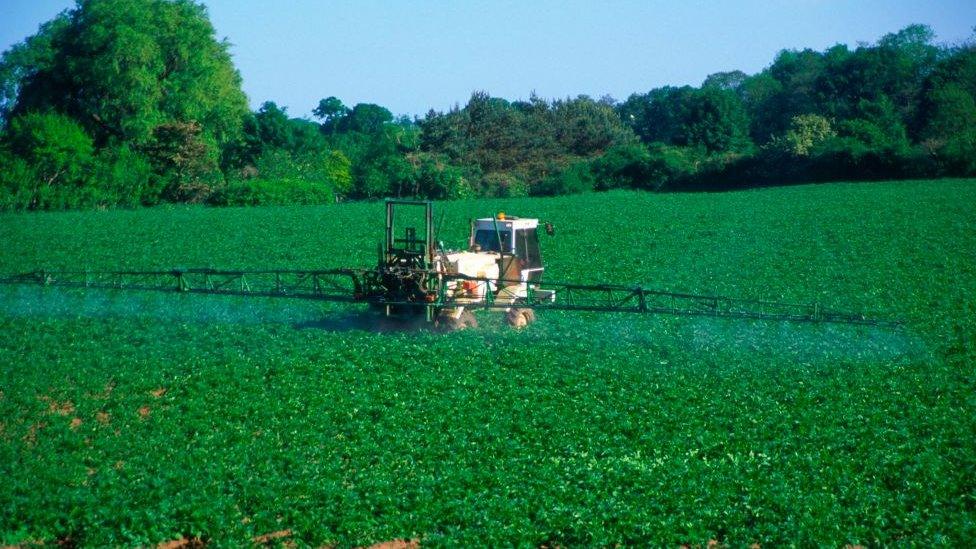
Unnatural fertilisers are also bad for the environment
Regenerative farming is an alternative to machine digging, stirring, and overturning of the ground to plant crops.
Called ploughing and tillage it releases large amounts of carbon dioxide into the atmosphere.
Reducing things like ploughing, means carbon dioxide remains locked in the ground and soils stay full of natural nutrients for crops to grow.
It means fewer unnatural fertilisers are needed - they also produce greenhouse gasses and can cause long-term damage to soil.
The Wild Ken Hill project
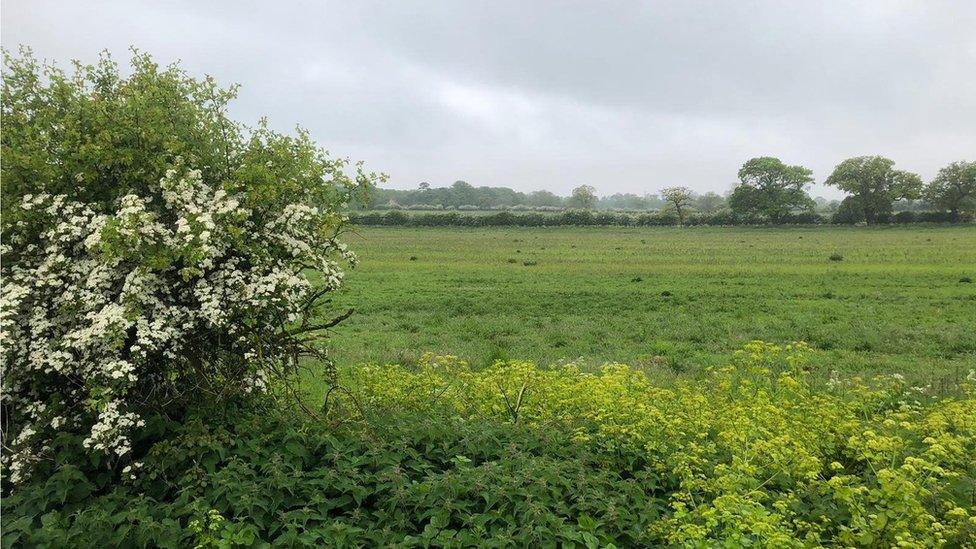
Wild Ken Hill is a 4,000-acre site in west Norfolk which has been part of a rewilding project since 2019
The Wild Ken Hill project in Norfolk has adopted regenerative farming techniques, having stopped ploughing to prevent soil damage and the release of carbon.
The project which has 4,000-acres (6.2 square miles) of land, has mapped each field into rectangles for crops so that the farm's machinery is used in the most efficient way.
Once the crops have been collected, cover crops are planted - plants that are planted to cover the soil, rather than for the purpose of being harvested.
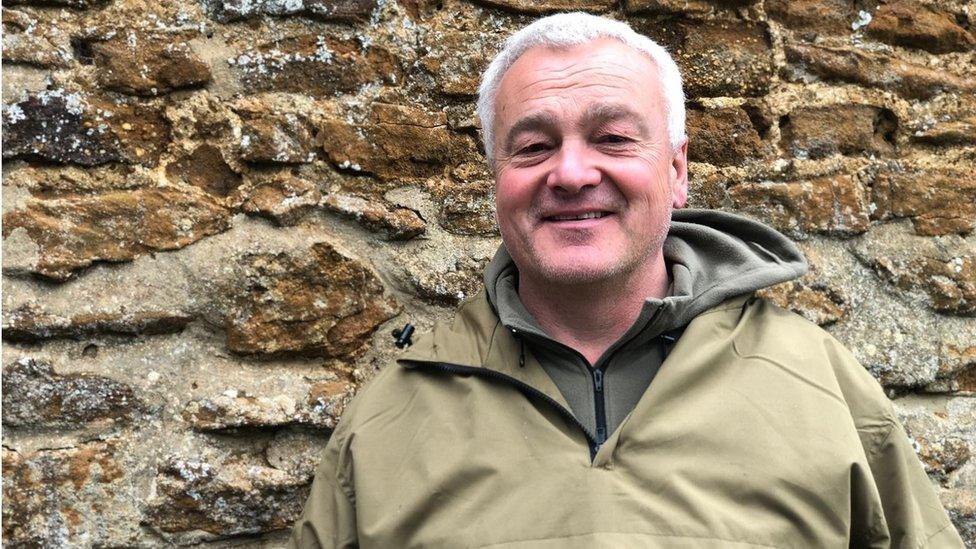
Farms manager Nick Padwick
Every time you do that we're releasing carbon. We don't want to do that anymore
Sheep are then brought in to feed on the cover crops, eating them, then pooing and providing natural fertiliser before the new main crop is sown and grown.
The idea is to renew healthy soil, with plants taking carbon from the air into the soil, where it won't be churned up and released into the atmosphere.
Farms manager Nick Padwick says: "Every time you drag a cultivator, plough a field you are disturbing the soil and the soil life
"You're stirring it up and every time you do that we're releasing carbon. We don't want to do that anymore," he added, before explaining that farmers can make savings spending less on unnatural fertilisers, tractor diesel fuel and plough metal.
Rewilding
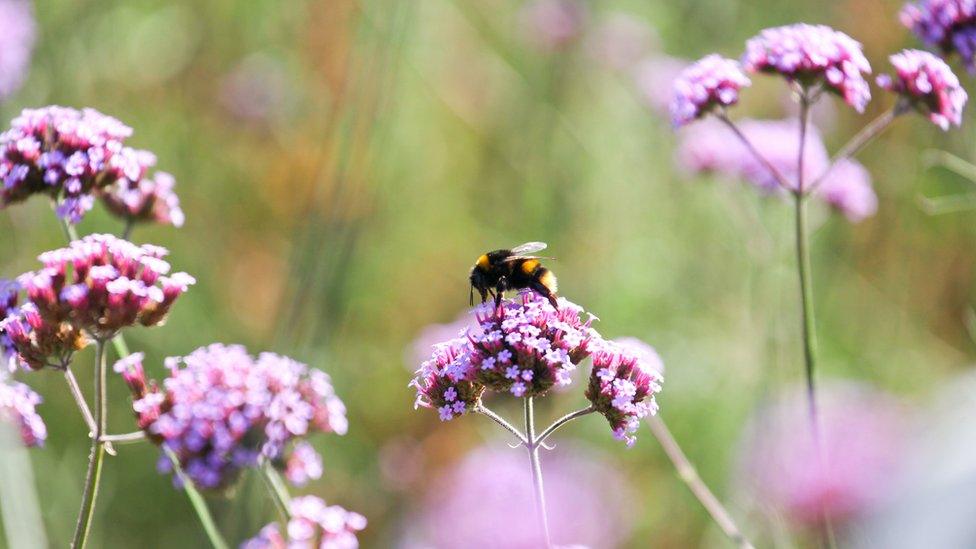
Bees are extremely important creatures but their numbers have dropped in recent years, due to the use of chemicals and loss of habitat
Rewilding is all about returning land to a more natural - or a wilder - state.
That often means doing nothing and letting nature take over. Sometimes animals or plants are introduced to an area too.
In Norfolk, the Wild Ken Hill project has allowed wildflowers to grow in the areas where there aren't any crops, providing habitats for birds and bumblebees.
The team behind the project has also stopped farming on areas of land that is unproductive and are letting nature take over so it "rewilds" into wood pasture, which is grazing land where Exmoor ponies, cows and even a handful of Tamworth pigs roam.
However, some groups think farm land should not be rewilded and should be used to grow food.
"We have people very often say to us that you're farmers you should be growing food, you've taken all this land out of production," said Nick Padwick.
"Let's just wait and see, because we think we can produce as much as we're producing from a smaller area and do all this amazing work for the environment."
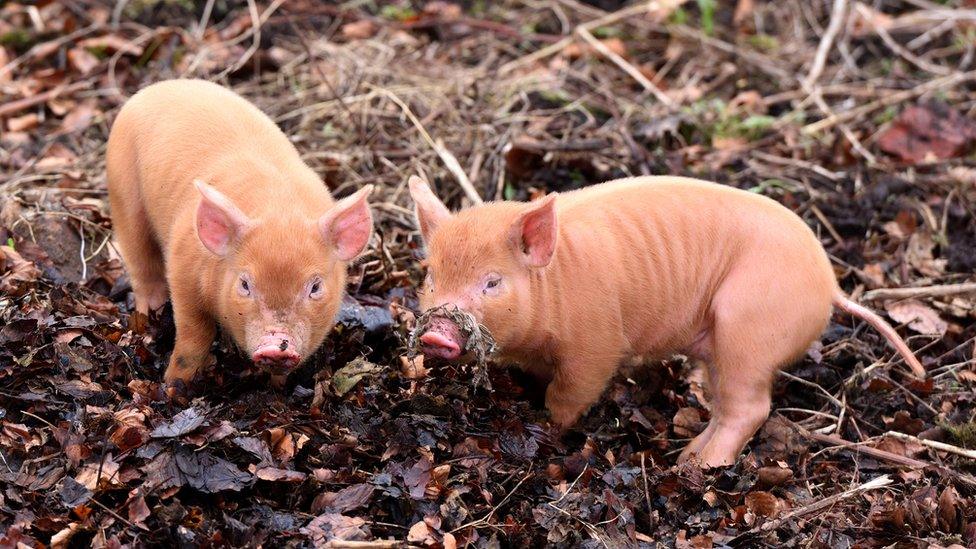
Tamworth Pigs on rewilded land at the Wild Ken Hill estate. They like to turn over the earth with their snouts or rootle, which helps plants to grow and species to thrive
In Wild Ken Hill's woodland areas, two families of beavers are now engineering the landscape, building dams and creating ponds and water channels that attract dragonflies, water voles and otters.
Conservation lead Lloyd Park, said: "75% of the UK's land use is farming, so that's where you've got to make the biggest change in the shortest amount of time for nature recovery.
"Farming in the regenerative way, that is what is going to help to restore our countryside to a place that can be a fantastic area for wildlife, because it's fast becoming not," he added.
- Published21 May 2021
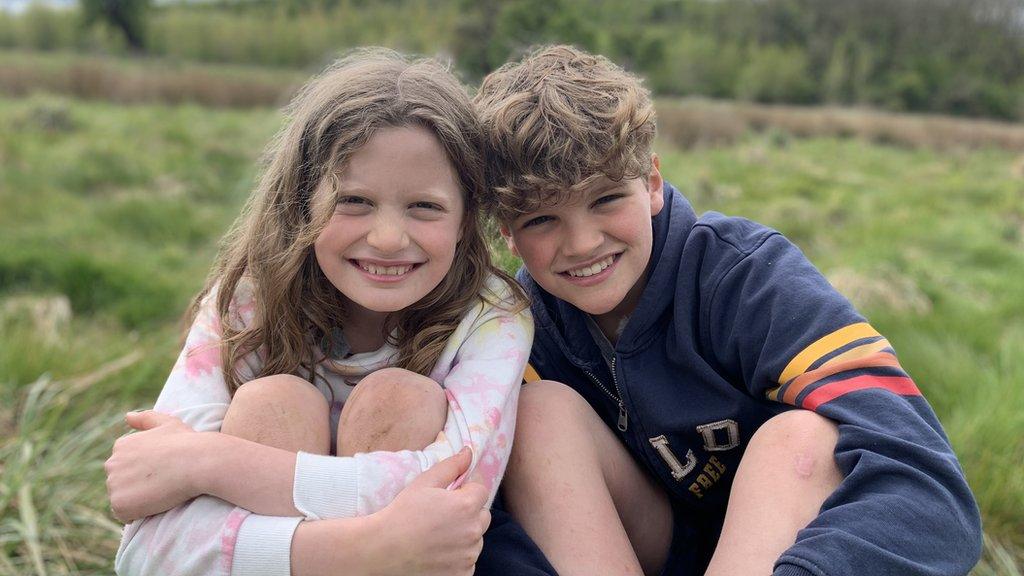
- Published6 June 2022

- Published19 August 2019
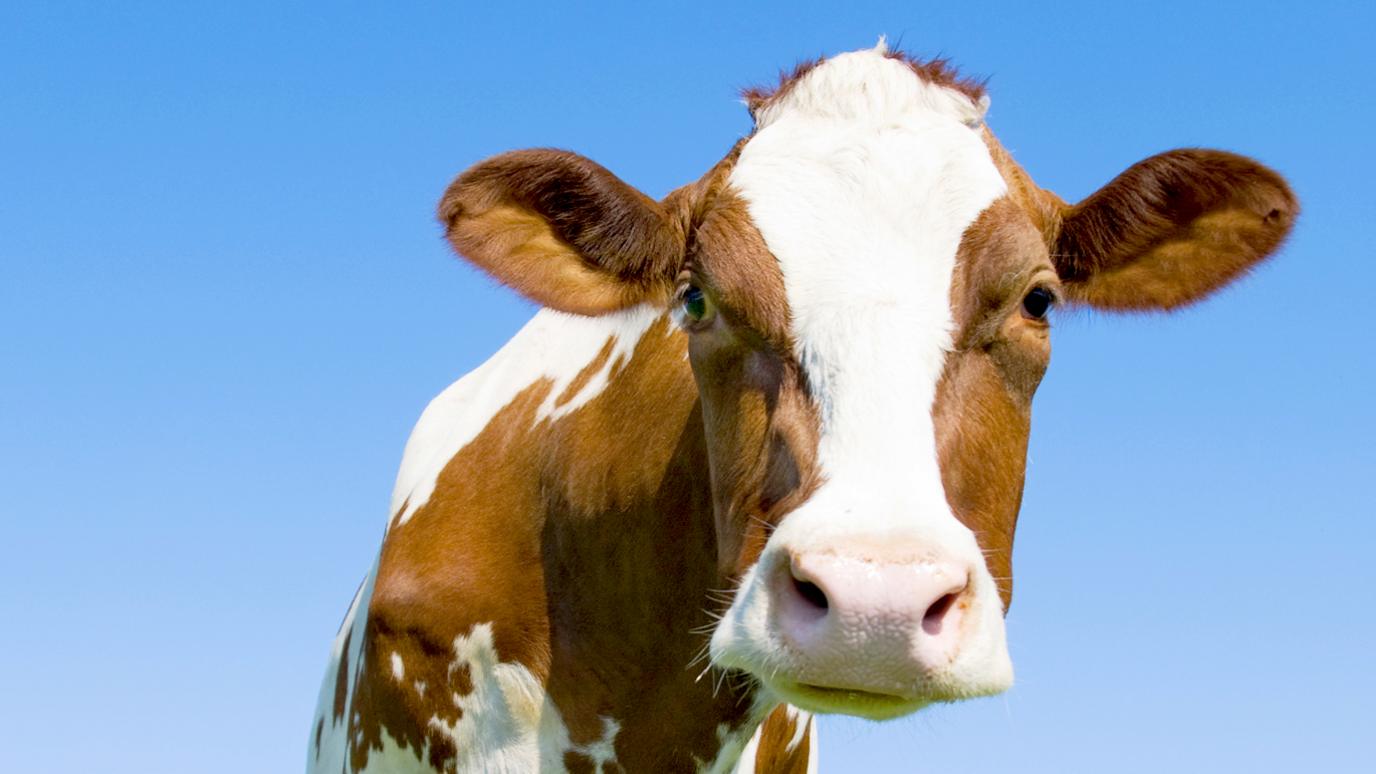
- Published20 August 2021

